#ugolino and his sons
Text
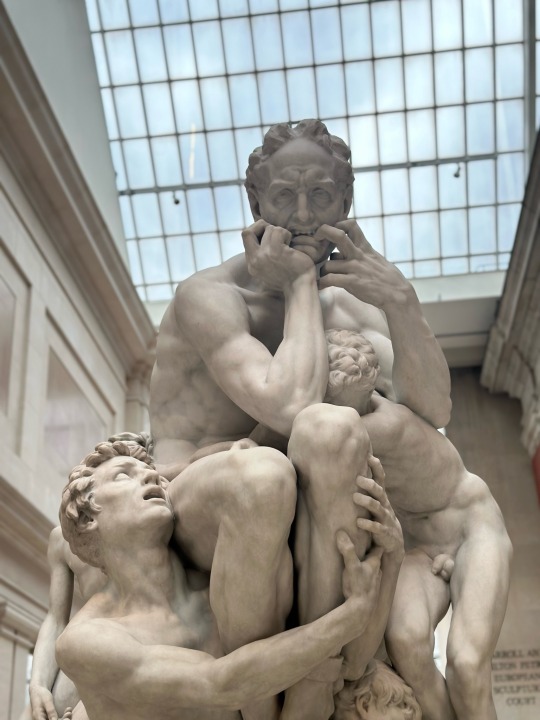


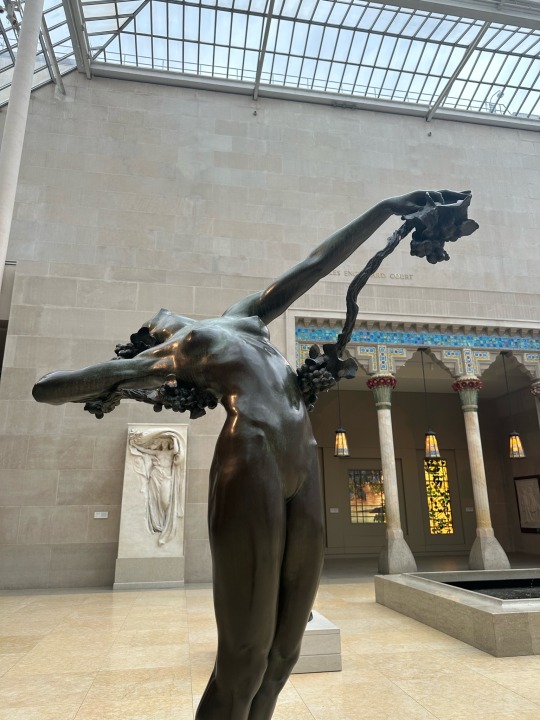
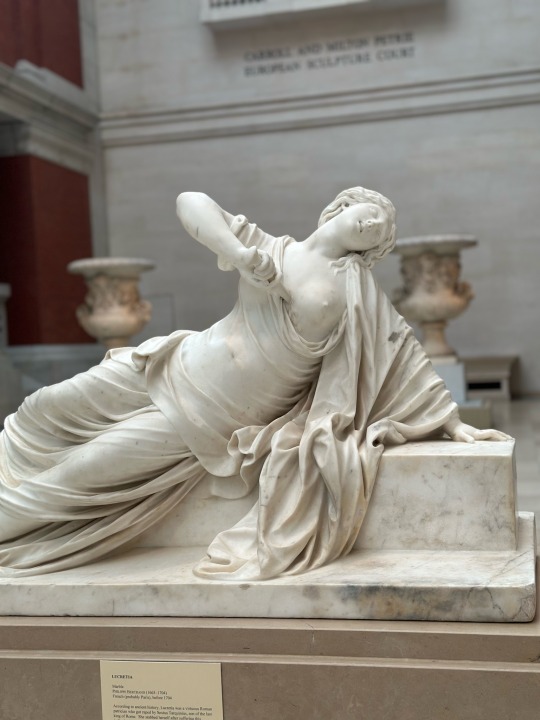
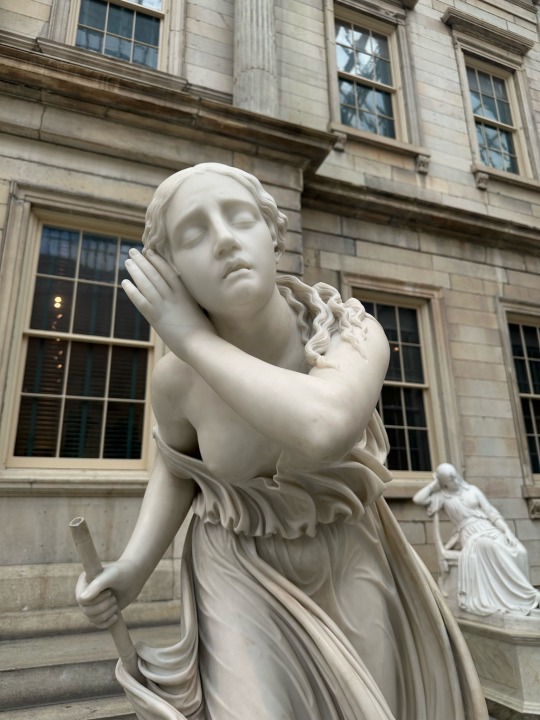


📍Metropolitan Museum (MET), New York 🇺🇸
#met#the metropolitan museum of art#new york#met new york#nyc#new york city#usa#mitologia greca#greek sculpture#classical art#roman sculpture#lucretia#perseus and medusa#magritte#ugolino and his sons#sculture#sculpture
9 notes
·
View notes
Text
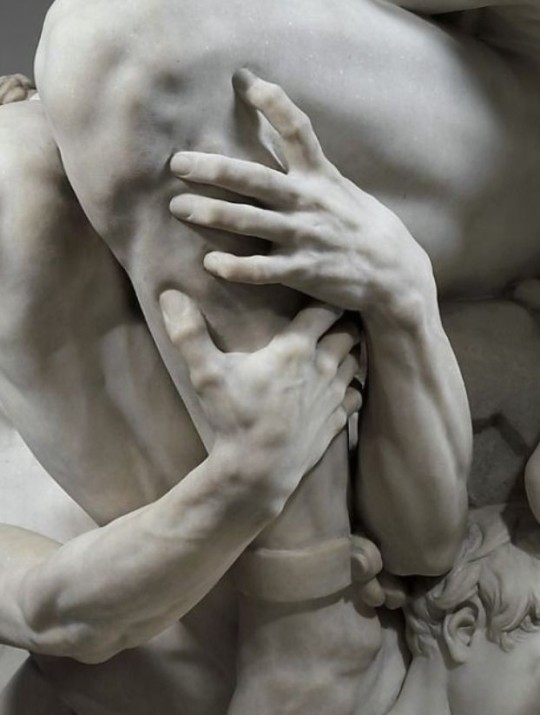
"Ugolino and His Sons" (1865-67) by Jean-Baptiste Carpeaux (1827-1875)
#aesthetic#sculpture#sculpture details#aesthetic blog#jean-baptiste carpeaux#ugolino and his sons#sculpture detail#art aesthetic#greek aesthetic#art#not mine#scultpure#academia aesthetic#academia#dark academia aesthetic
10 notes
·
View notes
Text
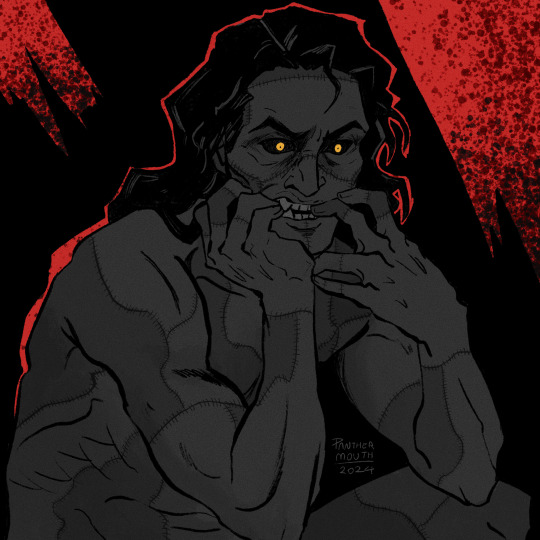
“I ought to be thy Adam, but I am rather the fallen angel.”
#Frankenstein#frankensteins monster#victor frankenstein#mary shelley#gothic lit#gothic art#goth artist#sooo the creature is pretty fuckin terrifying and I don’t think I’ve conveyed that much in my art yet#if you haven’t watched the royal ballet I highly recommend you do#I may post some clips bc I haven’t seen anyone else do that?#but ur better watching the whole thing#and the national theatre play#they’re both just Very good adaptations and the monster is terrifying in them 😭#my art#this is very much inspired by/based on a statue by Jean-Baptiste carpaeux#‘ugolino and his sons’#and the carvings of Satan by Gustave Dore
2K notes
·
View notes
Text

Adventurers burdened with the weight of Fate.
#poses stolen from the Ugolino & His Sons sculpture at the met#dnd#dnd art#adventurers#gay#blunderdogs#other people ocs#lulu#lux#break#Wrenn
19 notes
·
View notes
Text
CW DISCUSSION OF ABUSE
I am trying to find papers on the subject of fathers who consume (knowingly or unknowingly) their children in myth. Although writing on mothers who consume their children has already explored the monstrous inversion of birth/pregnancy present in those stories, there's certainly an analogous tenor to stories that instead feature fathers with murderous appetites, and I want to see what has been written on that note. Parental cannibalism in these stories is particularly interesting to me as a way of exploring certain kinds of abuse (e.g., sexual), as the violence of these acts is symbolically so close to incestuous abuse. To elaborate on why I see there being a connection, I return to why cannibalism in myth within families is a kind of double cannibalism. Parental cannibalism is cannibalism, of course, in the sense that one is eating a member of one's community, of one's community. Yet the act is cannibalism in another sense: in the sense that the cannibalism is occurring within a family unit (i.e., not just transgressing the boundary of eating someone of the same species, but of the same species and bloodlines). Furthermore, just as the comestible line we must not cross is drawn at the boundary of species, so too is the line drawn sexually transgressed in the context of incestuous abuse.
#from the catalog of cruelties by donika kelly reminded me of this#tantalus atreus cronos etc and paternal cannibalism#incest cw#abuse cw#ask to tag#reading tragedies is really just begging for someone to tell you what happened to make it so certain parts of your past are inarticulable#not wholly related by the transformation of daphne into a laurel tree as a kind of symbolic reflowering after apollo's attempt to attack#her sexually -- which is followed by him claiming the laurel as one of his plants :(#from the charles martin translation of metamorphoses :#'although you cannot be my bride he says/ you will assuredly be my own tree/O laurel and will always find yourself/ girding my locks my lyr#lyre and my quiver too'#rape cw#OH and ambiguously implied w/ count ugolino w/ his sons in dante's inferno
3 notes
·
View notes
Text
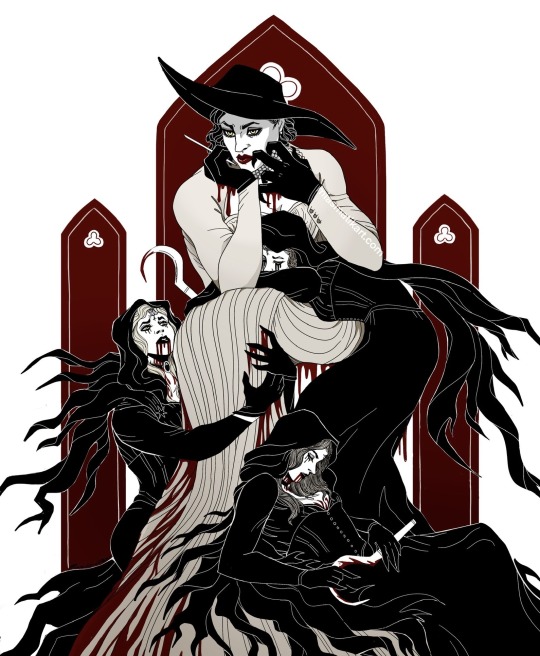
Sins of the Mother 🩸
Pose referenced from Ugolino and His Sons, one of my favorite sculptures based on a story from Dante’s Inferno about a father who dooms his children to eternal starvation. Felt very House Dimitrescu ~ links
#mine#re8#re8 village#lady dimitrescu#alcina dimitrescu#dimitrescu sisters#horror art#horror#illustration#artists on tumblr#resident evil
908 notes
·
View notes
Photo
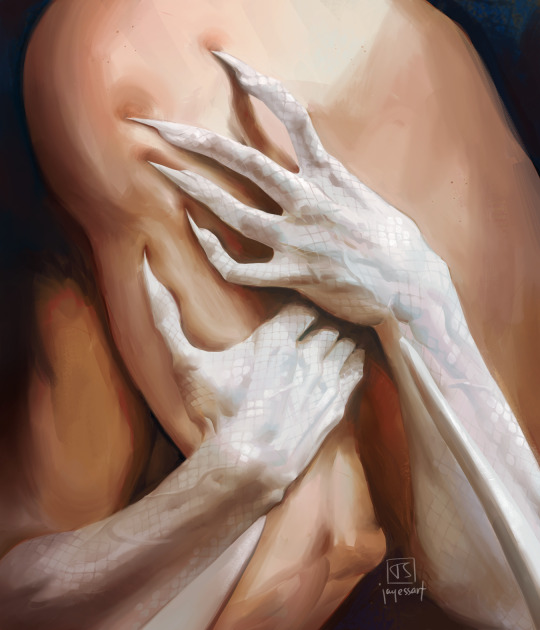
Bailin and Li Yun (OCs for my merman comic)
Study based on Ugolino and His Sons by Jean-Baptiste Carpeaux.
2K notes
·
View notes
Text

Detail on the statue Ugolino and His Sons, 1865–67. Sculpture Jean-Baptiste Carpeaux
13 notes
·
View notes
Text


Study for Ugolino and his sons, Jean-Baptiste Carpeaux
26 notes
·
View notes
Photo

Ugolino and His Sons
(Jean-Baptiste Carpeaux, 1827–1875)
98 notes
·
View notes
Audio
Listen/purchase: Reinventing a Dream (rough demo) by Scott Brown
Here’s a song I wrote recently. I still can’t even play the guitar part that I wrote myself. Also, disregard the art. I had to add something so I just used an engraving of Ugolino and his dead son that I happened to have on my desktop. I’m probably gonna get self conscious and delete this in like twenty minutes but you never know! maybe not!
21 notes
·
View notes
Text

Count Ugolino della Gherardesca and His Sons - Émile Vernet-Lecompte // Famous Last Words (An Ode to Eaters) - Ethel Cain
#famous last words#famous last words (an ode to eaters)#ethel cain#1017 alyx 9sm#art#art history#lyrics#lyric art#tw starvation#tw death#tw cannibalism#tw corpse
20 notes
·
View notes
Text
ORESTES AND PYLADES


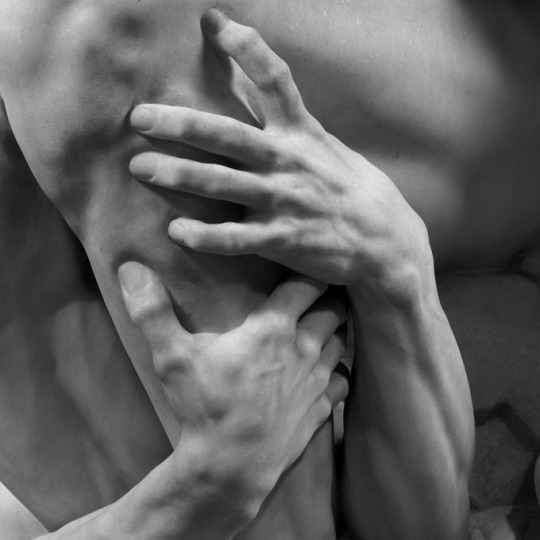


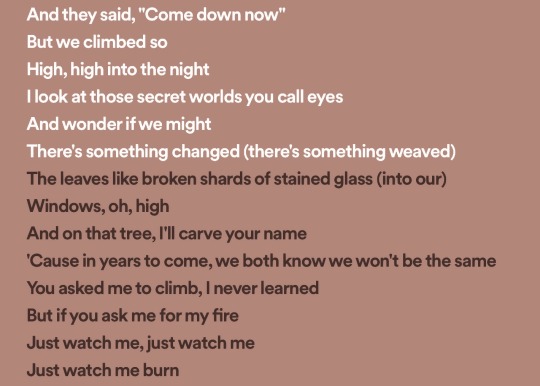




Detail from David, Michelangelo // unknown // Detail from Ugolino and his Sons, Jean-Baptiste Carpeux // Weight by Jacqueline Woodson // An Oresteia trans. by Anne Carson // Secret Worlds by The Amazing Devil // An Oresteia trans. by Anne Carson // The Beatrice Letters by Lemony Snicket // An Oresteia trans. by Anne Carson // An Oresteia trans. by Anne Carson
#greek mythology#greek myth#orestes#pylades#orestes and pylades#gay gay homosexual gay#ancient greece#mythology#greek gods#mythos#oresteia#web weave#web weaving#aesthetic#jacqueline woodson#secret worlds#the amazing devil#myth#aesthetics#ancient#michelangelo#love#mlm#gay mlm#mythology aesthetic#moodboard#myth aesthetics#clytemnestra#elektra
131 notes
·
View notes
Text

Ugolino and His Sons
Jean-Baptiste Carpeaux, Born May 11th, (1827-1875)
The subject of this intensely Romantic work is derived from canto XXXIII of Dante's Inferno, which describes how the Pisan traitor Count Ugolino della Gherardesca, his sons, and his grandsons were imprisoned in 1288 and died of starvation. Carpeaux's visionary statue, executed in 1865–67, reflects the artist's passionate reverence for Michelangelo, specifically for The Last Judgment (1536–41) in the Sistine Chapel of the Vatican, Rome, as well as his own painstaking concern with anatomical realism.
22 notes
·
View notes
Photo
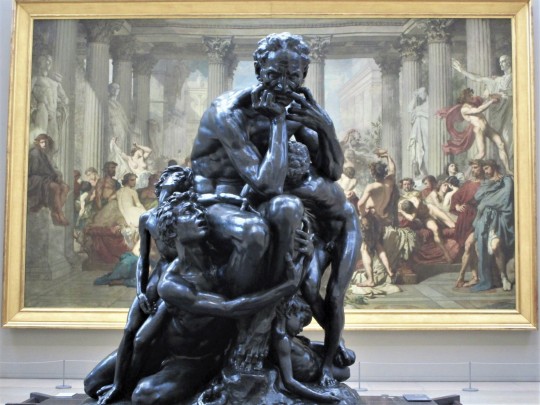
Ugolino and His Sons, bronze, 1862, by Jean-Baptiste Carpeaux
Musée d'Orsay, Paris
The work depicts an episode from Dante's Inferno in which Count Ugolino is sentenced by Archbishop Ruggieri to die of starvation in a tower prison with his sons and grandsons. Upon witnessing their father’s grief and sorrow, Ugolino’s children begin urging their father to eat them in order to relieve their father of his great hunger and ensure his survival. Carpeaux shows Ugolino at the moment when he considers cannibalism.
Count Ugolino and his sons were real 13th century people who died of starvation, as Dante described, around thirty years before the Inferno was written. Though Urgolino was a treacherous and selfish politician, later scientific analysis of their remains indicated that he did not resort to cannibalism.
A marble version of this sculpture is in the Metropolitan Museum of Art in New York.
113 notes
·
View notes
